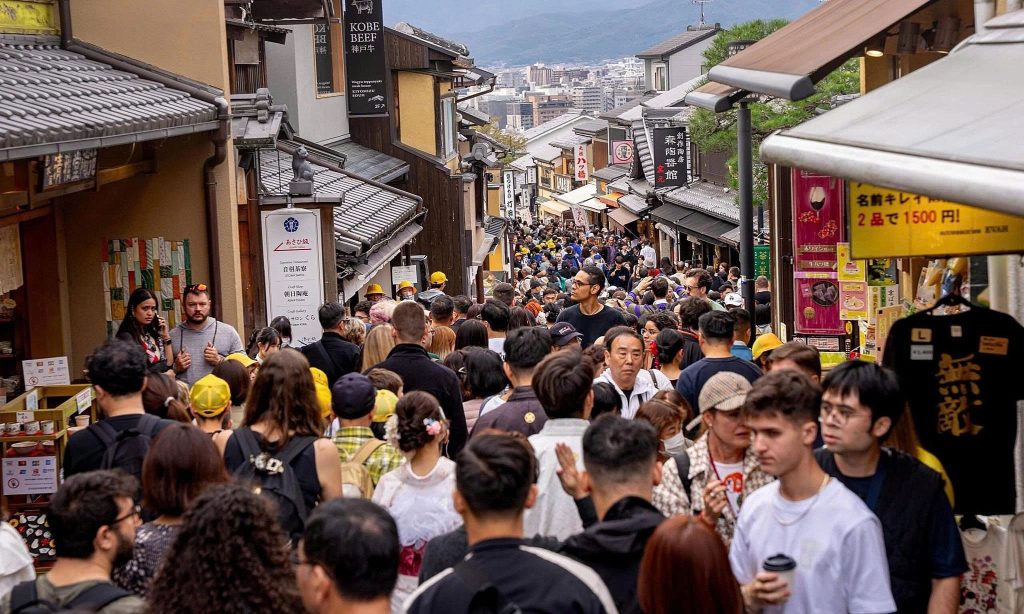Tired of sterile resorts and expensive “tourist traps”? Experiencing local culture isn’t just a niche trend—it’s the heart of meaningful travel. It’s about forging genuine connections, tasting authentic street food, and witnessing traditions firsthand. It transforms you from a mere visitor into a temporary resident.
More importantly, authentic travel is inherently budget travel. The things locals do—visiting public parks, eating at small markets, and relying on public transport—are significantly cheaper than pre-packaged tours designed for affluent visitors. By prioritizing local immersion, you naturally adopt a “slow travel” mindset, allowing you to stay longer, spend less, and learn more.
The Myth of Expensive Cultural Tours: Your True Value Proposition
The biggest travel misconception is that cultural experiences require expensive, guided tours. In reality, most of the richest cultural interactions—like navigating a local market, attending a public festival, or sharing a smile with a shop owner—are free. Your goal is to bypass the costly middleman (tour agencies) and dive directly into the community. This approach is not only cheaper; it’s a commitment to authenticity and sustainability.
The 5 Keys of Budget-Friendly Cultural Immersion
True local experience hinges on shifting your habits from consumption to participation. Here are the most effective strategies to blend in, learn, and save money simultaneously.
1. Master the Art of Local Cuisine on a Dime
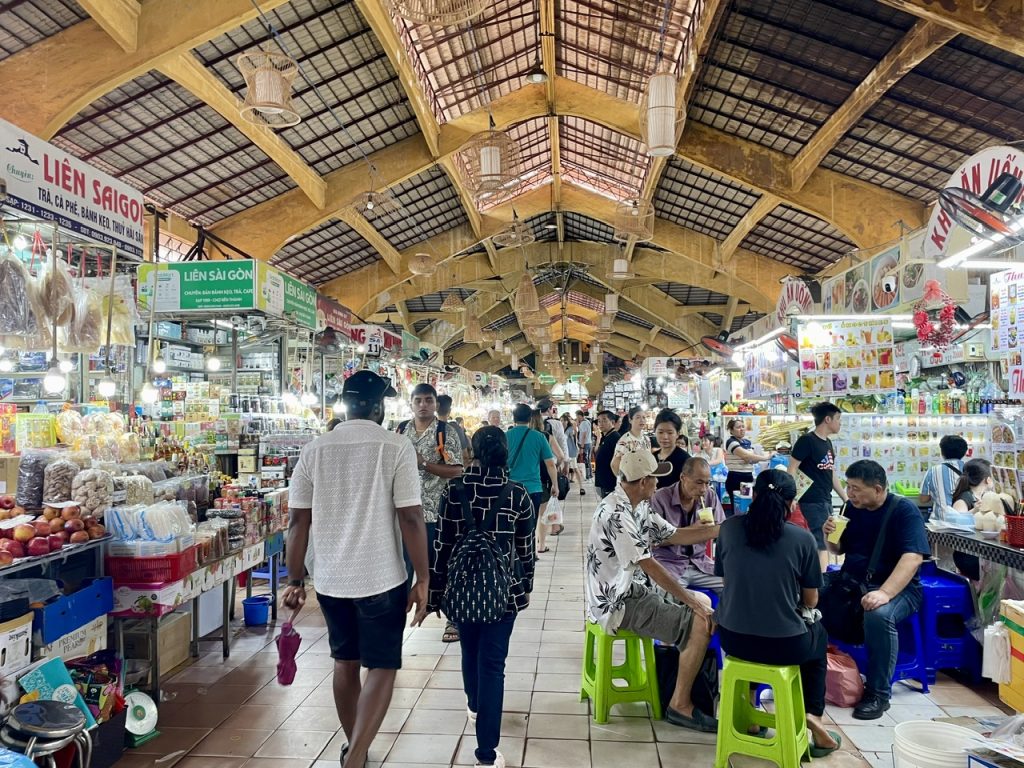
Food is the quickest pathway to any culture, representing history, climate, and community.
- Avoid the “Menu Trap”: Steer clear of restaurants with multi-lingual menus outside, tables near main landmarks, and persistent staff beckoning you inside. Prices here are heavily inflated.
- Seek Out Street Food and Markets: Your best cultural classroom is a local street food stall or a local produce market. These spots thrive on local demand, guaranteeing fresh ingredients, authentic preparation, and the best prices. Don’t be afraid to try tiny plastic stools or stand while eating; this is often a sign of a genuinely good spot.
- Pro Tip: Look for long lines of locals and a high turnover rate; these are the ultimate markers of quality and freshness.
- Self-Cater at Local Markets: Visiting a large, non-touristy food market allows you to buy local ingredients and prepare meals at your accommodation. This is a powerful cultural activity, teaching you about the staples and seasonal produce of the region while drastically cutting your food budget.
2. Embrace Free Public Spaces and Events
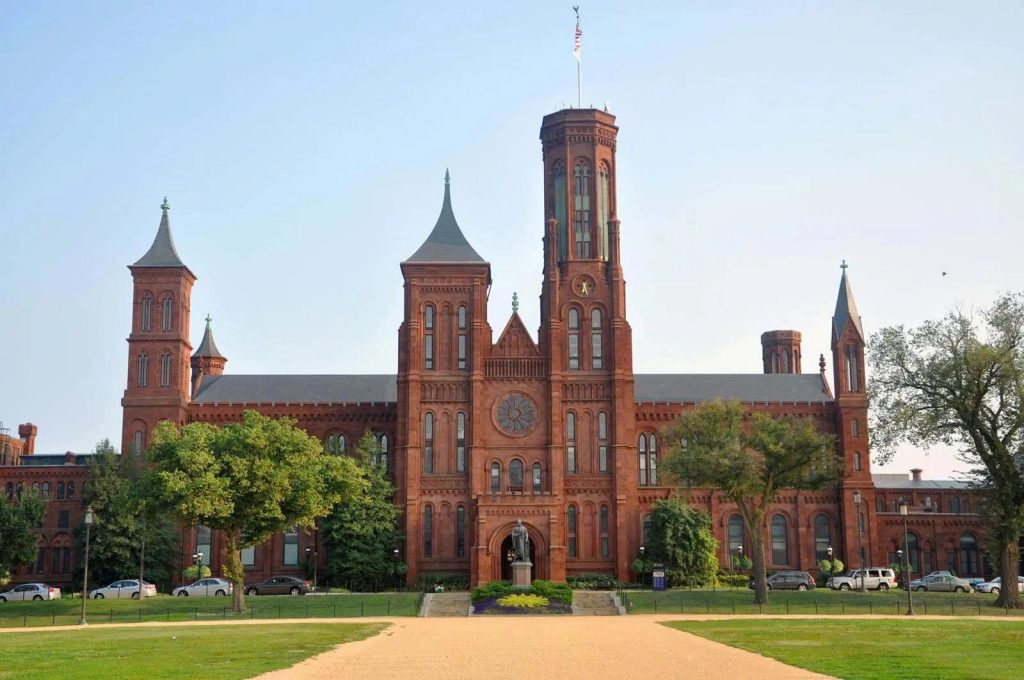
Many of the most important cultural touchstones are entirely free or donation-based, reflecting the public nature of art and tradition.
- Visit Free Museums and Galleries: Research museums offering free admission days (often the first Sunday of the month) or those with permanent free collections (e.g., the Smithsonian in D.C., the British Museum in London). Check for student/senior discounts if applicable.
- Wander Local Markets and Squares: Traditional markets are living museums of local commerce, language, and custom. Spend time observing—the bartering, the interactions, the products. Central squares (plazas, piazzas) are the historical hubs of political and social life and are always free.
- Find Free Cultural Festivals: Check the official city tourism website, university noticeboards, or local event pages for details on free cultural festivals, public concerts, or religious ceremonies. Participating in a local festival is arguably the deepest cultural dive you can make.
3. The Power of Local Transportation

Your choice of transport dictates your budget and your cultural view.
- Master Public Transport: Navigating a city’s subways, buses, or trams gives you a genuine look at the daily hustle of its residents. It’s safe, efficient, and significantly cheaper than taxis or ride-shares. Learning the system is a cultural achievement in itself.
- Walk Everywhere: This is the ultimate “slow travel” method. By exploring on foot, you uncover hidden alleyways, notice small details, and interact with neighborhoods tourists rarely see. Walking tours are often donation-based, providing great information while allowing you to pay what you feel is fair.
4. Stay Local: Finding Cultural Accommodation on a Budget
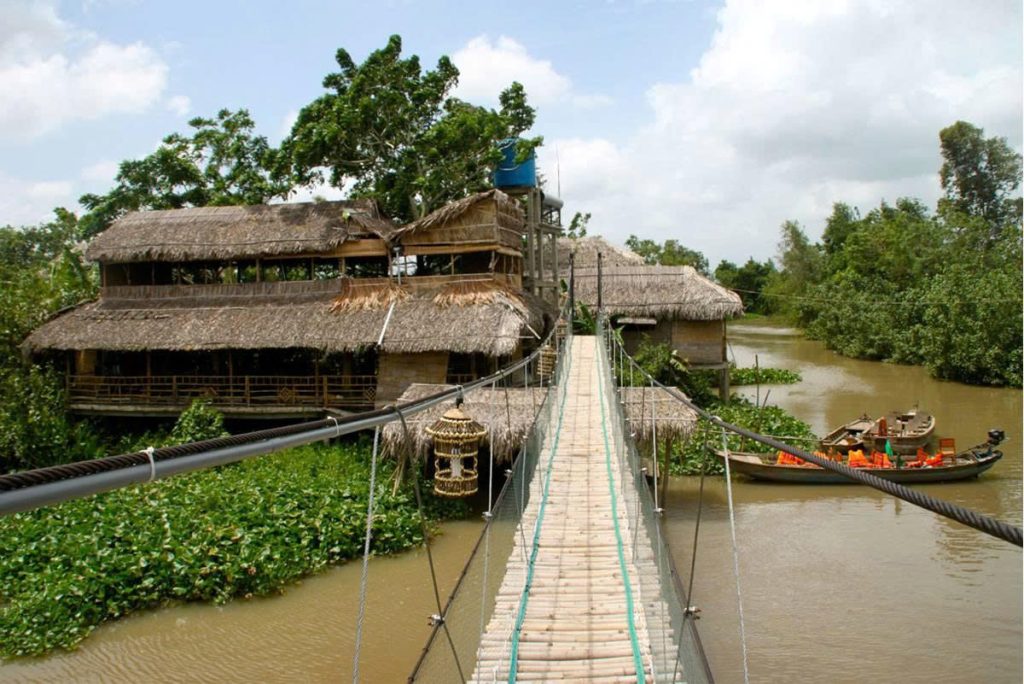
The environment you return to at night shapes your immediate experience and opportunities for interaction.
- Choose Homestays or Guesthouses: Opting for homestay accommodations run by local families instead of international hotel chains offers a direct line to local advice, home-cooked meals, and genuine hospitality—all at a cheap accommodation rate.
- Try Couchsurfing (The Ultimate Exchange): For the absolute lowest budget and deepest cultural exchange, Couchsurfing offers a free place to stay and the chance to live like a local for a few days, often leading to personal tours and shared meals.
5: Be the Student: Engaging with Locals Directly
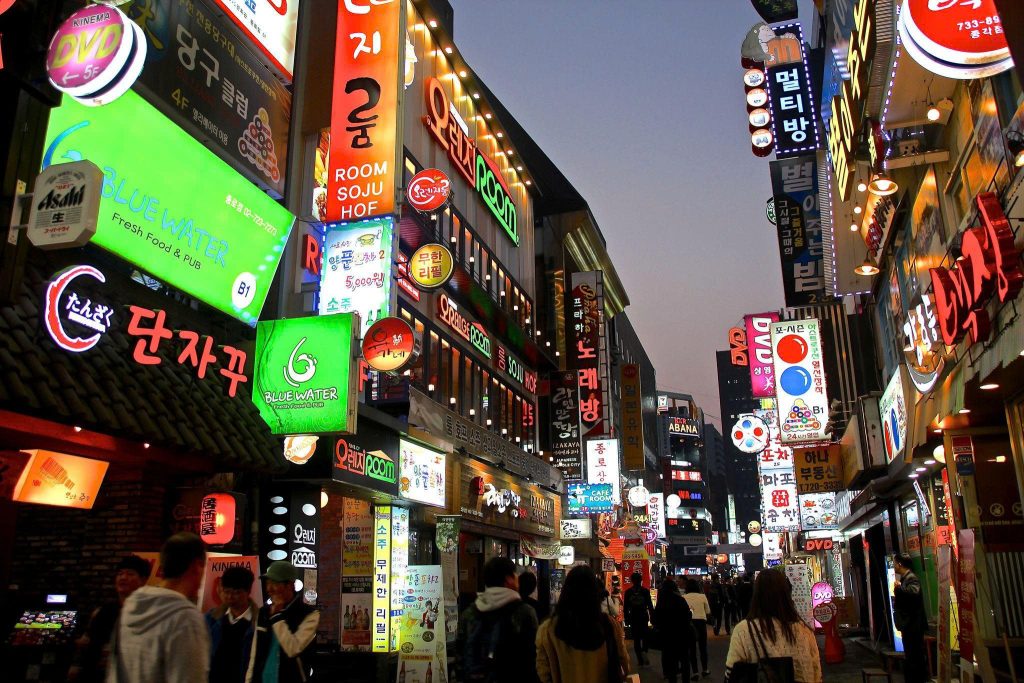
The core of culture is people. Your interactions are the free, priceless currency of authentic travel.
- Learn Basic Language Phrases: A simple “hello,” “thank you,” and “delicious” in the local language opens doors, breaks the ice, and earns instant respect. Use language apps like Duolingo or Google Translate as a tool, but prioritize face-to-face practice.
- Seek Out Community Centers: Look for local libraries, community centers, or university language exchange meetups. These are places designed for interaction and often welcome curious travelers.
Advanced Strategies for Deep Cultural Immersion
Beyond the basics, these strategies require more planning but yield the richest cultural rewards while still being budget-conscious.
Volunteering and Work Exchange Programs

Joining a program like Workaway or WWOOF allows you to trade a few hours of work (farm work, hostel duties, teaching) for free accommodation and meals. This isn’t just budget-friendly; it forces you to live and work alongside locals, embedding you directly into their daily life and routine for weeks or months.
Attending Local Classes
Instead of a formal, expensive tour, look for short, inexpensive classes:
- Cooking: Skip the tourist cooking schools. Look for local community cooking classes advertised on notice boards or ask your homestay host if they know a family that would teach you a dish for a small fee.
- Crafts: Spend an afternoon with a local artisan—a potter, weaver, or musician. Often, buying a small item from them is an acceptable “payment” for observing and learning their craft.
The Art of Observation and Slow Travel
Instead of rushing from one landmark to the next, dedicate hours to just watching. Find a bench in a public square or a small cafe outside the tourist zone. Observe the rhythm of life: how people dress, how they interact, the pace of their day. This simple, free activity provides endless cultural insight that no guidebook can offer.
Final Takeaways: Budget Cultural Travel
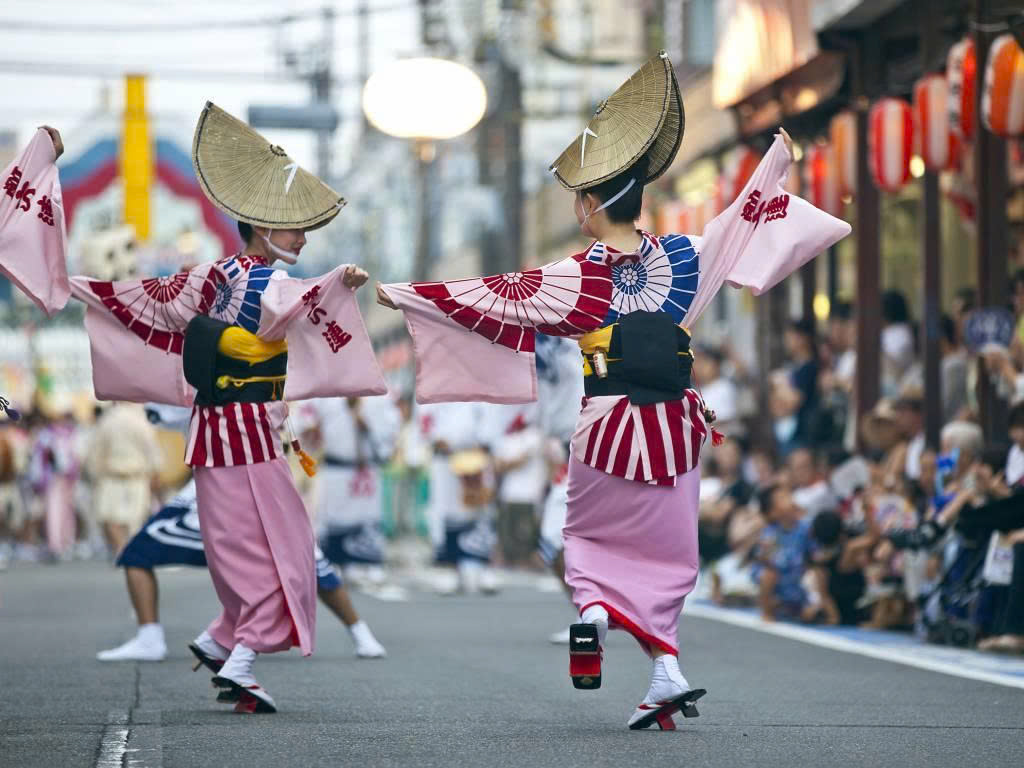
The journey to experiencing authentic local culture on a budget is fundamentally a shift in your travel philosophy. It’s about replacing costly convenience with rewarding curiosity.
Remember the principles that define successful, affordable cultural immersion:
- Your greatest travel skill is curiosity. Rely on local advice, not just tourist brochures. Your expertise is built every time you navigate the local bus system or order food in the native language.
- You gain authority in a place not by spending money, but by spending time. Commit to the slow travel pace. The more time you dedicate to observation—in markets, parks, and on public transport—the more deeply you understand the destination.
- While seeking spontaneity, always maintain vigilance. The best safety check is always trusting your instincts and informing a contact person of your general whereabouts.
The truth is, the most unforgettable cultural experiences cost next to nothing. By simply diving into local food, enjoying public spaces, and seeking out genuine human interaction, you are freeing up your budget to save for what truly matters: extra time to explore the world on your own terms.








